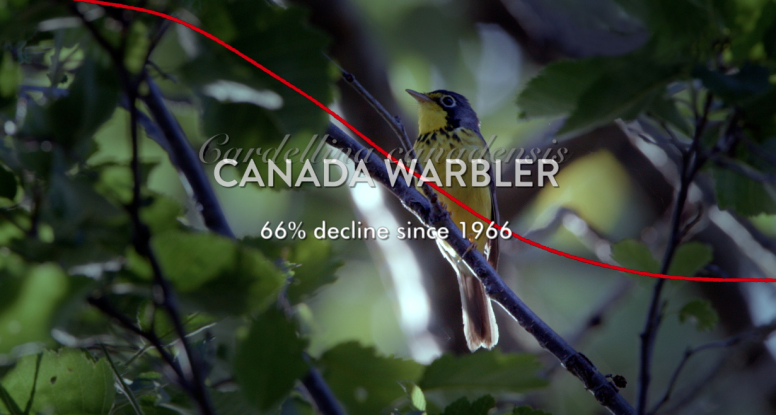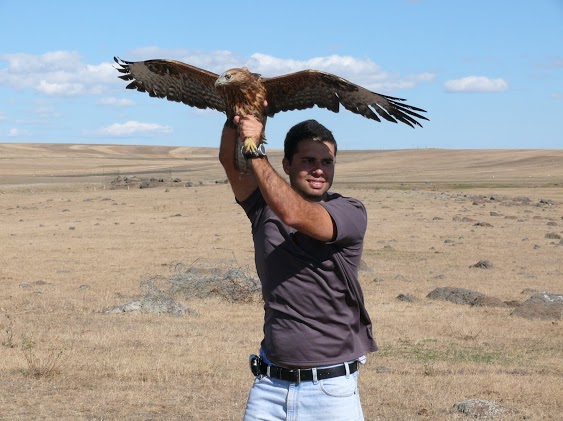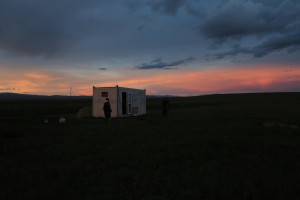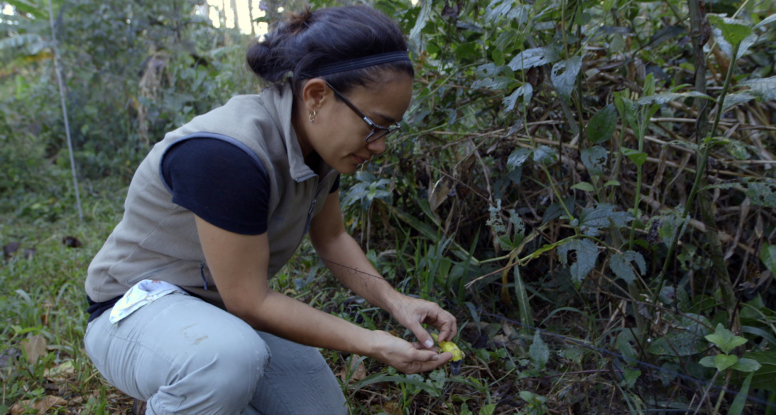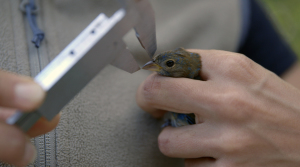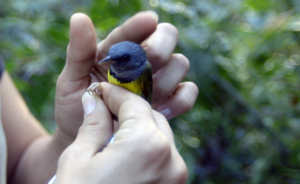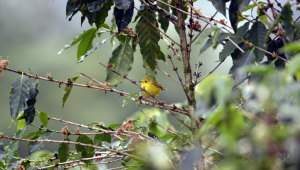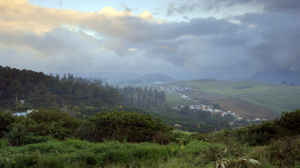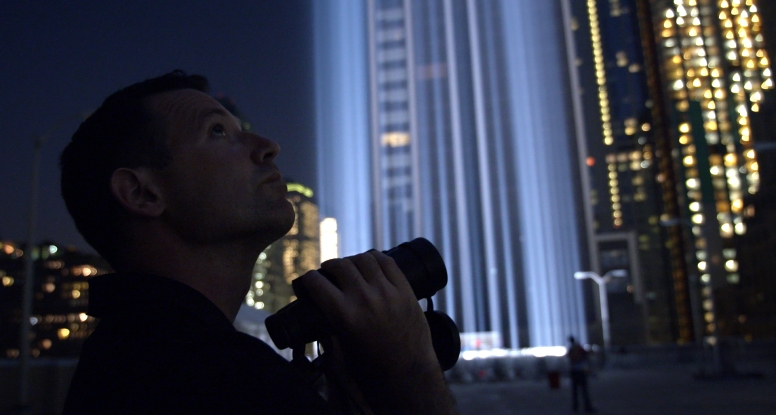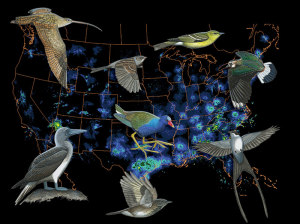Our team has been working on this multi-faceted project for almost five years and the first of two very different international co-production documentaries is set to debut for Canadian viewers on CBC-TV’s The Nature Of Things, March 19, 2015 at 8 PM.
Narrated by Dr. David Suzuki and directed by Su Rynard, The Nature of Things SongbirdSOS is an artfully-shot TV documentary about the mass depletion of songbirds in the Americas. It depicts an alarming thinning of populations that has seen declines of many species since the 1960s. According to York University’s Dr. Bridget Stutchbury, who is featured in the program, we may have lost almost half the songbirds that filled the skies fifty years ago.
Hazards affecting songbirds include glass-enclosed high-rise buildings that account for up to a billion bird deaths annually, light pollution that disorients birds’ migratory flight paths, lost breeding and wintering habitats from rain forests to wetlands to boreal forests, oil pipelines and farm pesticides.
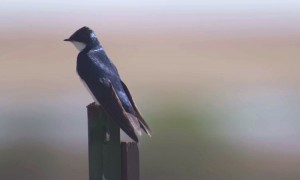
Tree Swallow in Saskatchewan
There’s unforgettable real-time front line research in SongbirdSOS. Michael Mesure of the volunteer army FLAP (Fatal Light Awareness Program) Canada shows the toll on birds on a tour of particularly lethal Toronto buildings. Erin Bayne takes us into the Boreal Forest north of Edmonton, Alberta to witness the impact of industry on North America’s biggest bird nursery. In Saskatchewan avian eco-toxicologist Christy Morrissey discovers lethal neonicotinoids in the spring wetland water supply, ahead of its annual application by local farmers. In a revelatory sequence, Bridget Stutchbury equips northern Purple Martins with micro-chip backpacks that reveal the secrets of their oddly-non-linear migratory journeys to South America and back.
And there’s a glimpse of hope for the future, as Costa Rican coffee farmers learn from ornithologist Alejandra Martinez-Salinas about the benefits of pesticide-free shade-grown (and bird-friendly) coffee.
Over the course of a year, following the seasons and the birds, Director Su Rynard and the team set out on a journey of discovery.
“We discovered that the causes of songbird declines are many, and the solutions are few,” states Rynard. “Yet everywhere we went, we met passionate people who are concerned and are working for change – as this is not just about the future of birds, it’s about the health of the planet too.”
SongbirdSOS Productions Inc. is pleased to welcome Bird Studies Canada as a National Outreach Partner for a Social Impact Campaign for this project.
Check out some related stories on the CBC Nature of Things website.
Press Release about the CBC TV Nature of Things March 19 broadcast

